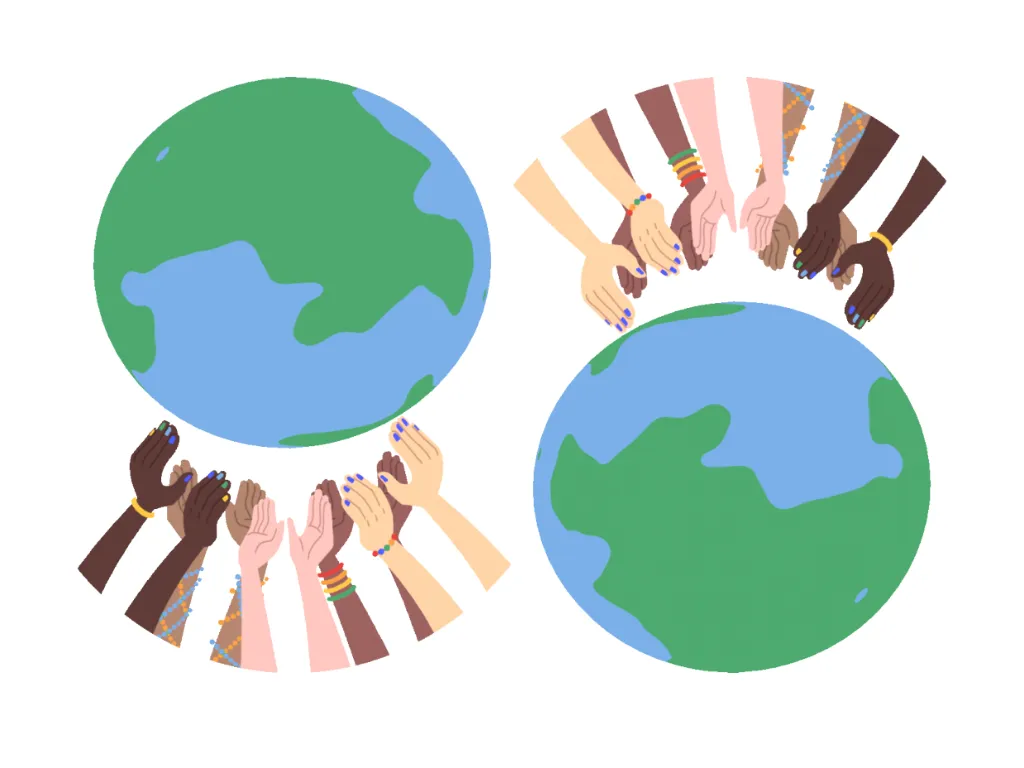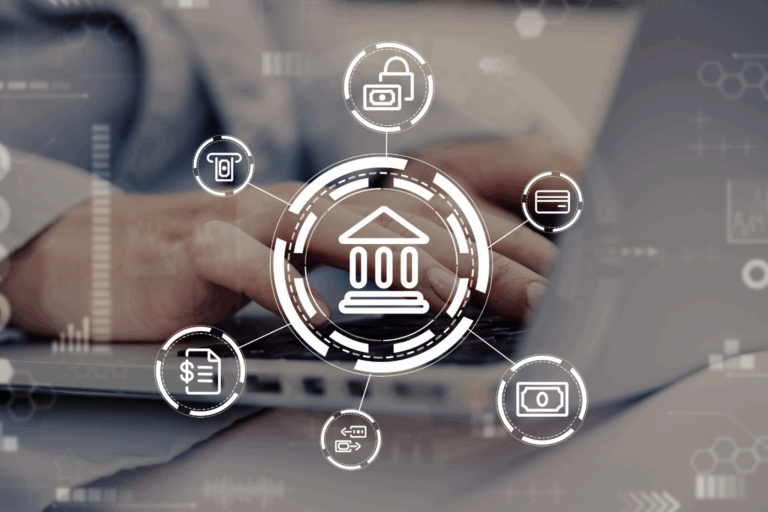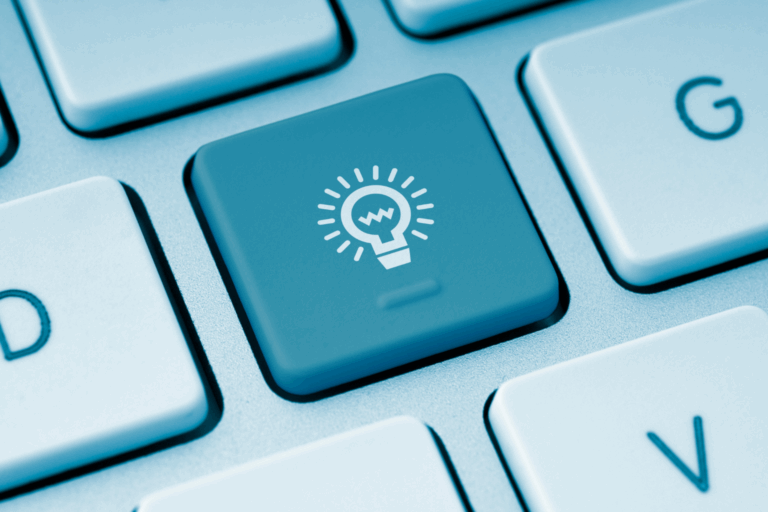The Universal Language of Code
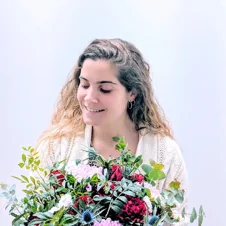
Along the way we began to think that we had to discard fictitious ideas learned over the years about, for example, what really represents us as a community, and what makes us diverse as individuals?
A flag, a geographical position or maybe a colour?
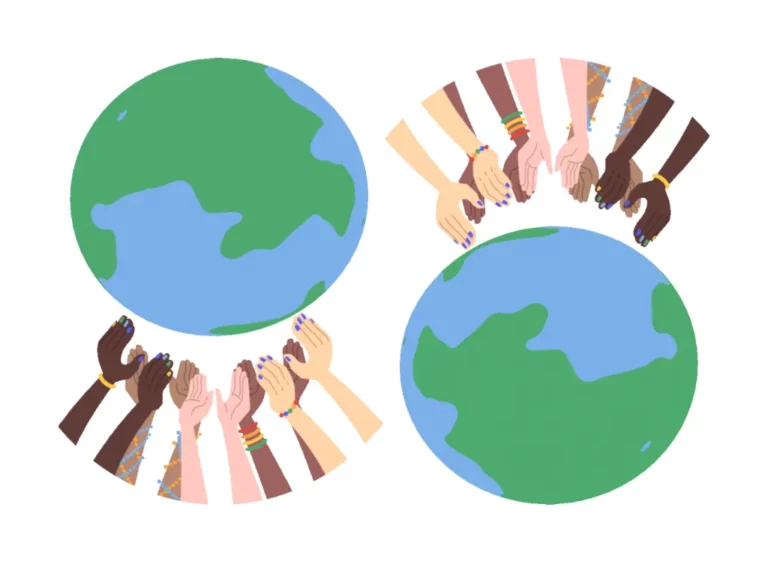
Let's start by turning the map 180º

First of all, the placement of north upwards on maps is arbitrary.
We have started by placing on the map the countries from which all the members of the Clovr Labs team come from, but… it is difficult to distinguish them, isn’t it? Better.
There is no reason to place the cardinal points in the conventional directions and therefore it is equally correct as the traditional representation.
We like the idea of turning the map upside down, because it represents quite graphically how the teams are formed and distributed within the company, without hierarchies, there is no concept of top and bottom, there is a plurality of interconnected senses which is perfectly visualised when making decisions, for example.
We also know that the size and shapes of the countries are not accurate either, because we are trying to represent on a map a world that is not.
Let’s turn the map upside down again

What about now? You may be more familiar with this version.
The Clovr Labs team is made up of 18 people from 7 different countries: Argentina, Bulgaria, Denmark, Italy, Spain, Ukraine and Uruguay, and we work virtually from 7 different cities in an asynchronous and decentralised way: Almería, Barcelona, Berlin, Madrid, Málaga, Seville and Valencia. We could say then that we are now a mixture of various cultures and experiences that make us more reflective people.
We have also avoided linking each country by flag as we don’t think patriotism would fully identify us either.
So what do we have left? People no matter what, what unites us as human beings, the same goal and the same desire to do something good, for the good of all.
And why not… revolutionise the way we look at the world.
What really unites us
Leaving this aside, what we are here to talk about and what we want to focus on is how we manage to make our team as diverse as possible and why we believe that diversity is very important for group coexistence.
Diversity in a team means that: we have different perspectives, we are more collaborative, processes are more agile, it improves productivity, creates a more positive work environment, among many other things.
A very important point to note is that the most diverse teams are the least likely to lose their identity.
Diversity promotes a sense of belonging and strengthens, in the short and long term, the work culture.
Regarding languages
We speak several languages: Spanish, English, German, Bulgarian, Danish, Italian, Catalan, Ukrainian, ahhh and Uruguayan — Argentinian, just kidding!
And what about the programming languages we use?
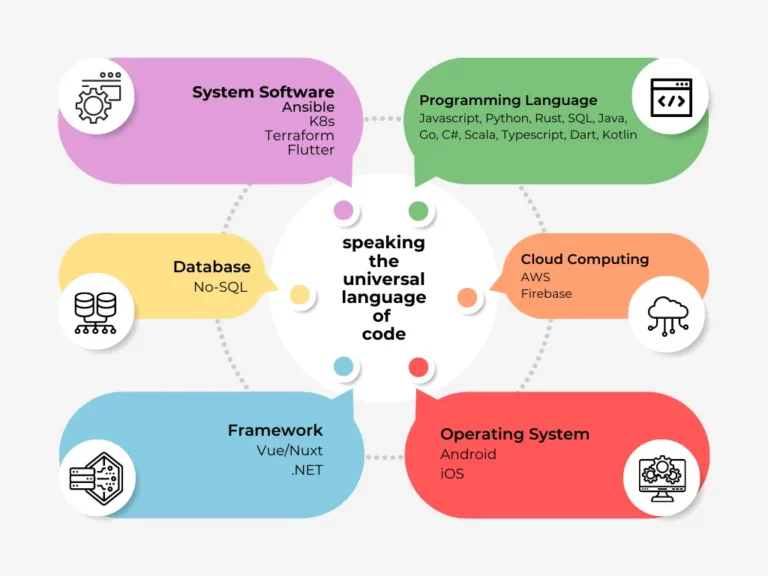
Of course we all communicate in different languages, but the languages our team uses to create the best products are even more diverse:
We could say that we are agnostic. Being agnostic in technology is something like having the ability to not know everything, to work with anything and to have no limitations of any kind.
And to conclude this reflection, we would like to say that we are not perfect, we make mistakes and we try to move forward, testing our strength as a team every day. A team that continues to grow and that will have to adapt to the changes and challenges of the future.
Looking forward to it!

